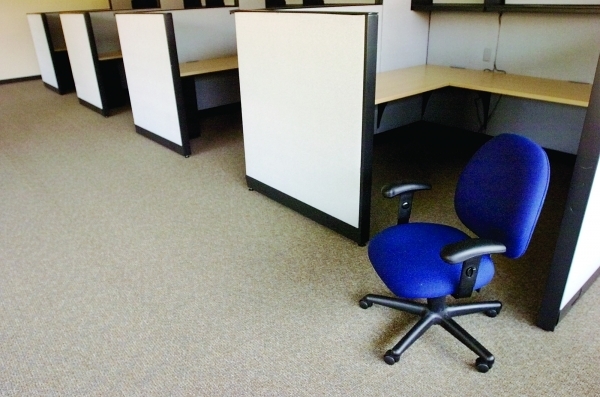Nearly three years after Palo Alto first adopted an annual cap on office development in three prominent commercial areas, the city is preparing to modify the restriction and to make it permanent.
The City Council is scheduled to adopt on Monday an ordinance that would cement the annual office cap as a tool for limiting commercial growth in three prominent areas: downtown, California Avenue and El Camino Real. The council first adopted the cap in the fall of 2015 and has passed several interim ordinances since then, extending the limit.
For those who believe commercial growth needs to be curtailed, the cap has been a great success. In each of the past three years, new office growth in the three districts had fallen below the 50,000-square-foot limit established by the cap. According to the new report from the Department of Planning and Community Environment, office growth in the three regulated areas totaled 40,863 square feet in the year leading up to March 2016. Over the following year, the city didn't receive any applications for qualifying projects. And as of March, the city had three projects on file, totaling 16,790 square feet.
Others believe that the lack of commercial growth is a sign that the cap is no longer necessary. That's the argument that Susan Monk, vice chair of the Planning and Transportation Commission, made at the commission's review of the ordinance on Feb. 14. Monk argued that there "hasn't been any building boom that's justifying an annual permanent cap."
"Also, it's the wrong tool to solve our traffic and parking problems," Monk said, noting that the cap was adopted to address these issues, rather than the "actual housing of businesses in the office space."
Monk and two of her colleagues, Michael Alcheck and William Riggs, supported adding a sunset clause to the new ordinance so that the commission would revisit it again in a year. That proposal fell by a 3-4 vote.
Riggs made a case for not renewing the cap at all and argued that the cities "do a terrible job predicting the market." He called the cap a "bad idea."
But the majority of the commission recommended adopting the cap on a permanent basis, a recommendation that is largely in keeping with the council's direction. In September, when the council last discussed the cap, members agreed to maintain it, with some revisions. The most significant option, which was proposed by Councilman Greg Scharff, would allow developers to "roll over" unused floor area from one year to another.
The new ordinance would also exempt small office projects with floor areas of less than 2,000 square feet, as well as medical- and nonprofit offices with floor areas of less than 5,000 square feet.
The new ordinance would also scrap the "beauty contest," a competition that the council had planned to use to judge which projects to approve in years where total development exceeds 50,000 square feet. The competitive process, which had never been used, would be dropped. Instead, the city would evaluate projects on a first-come, first-served basis.



Comments